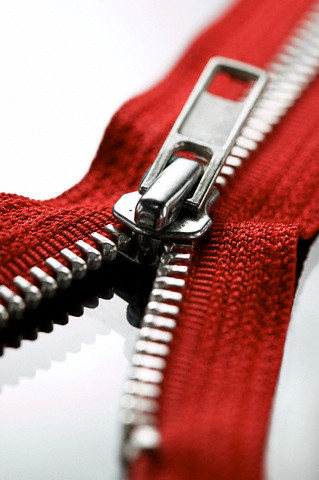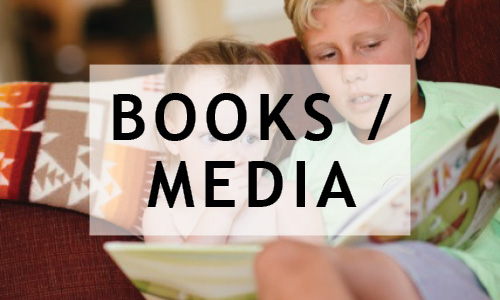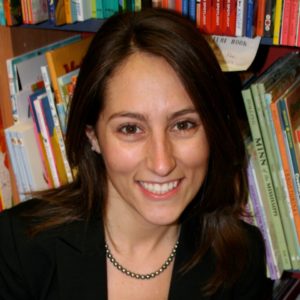 Many of my students are visual learners, and are weak in the auditory realm. I have to say, I am a visual learner too, so I naturally start making pictures with my hands, ask for paper and markers, look for props to use around the room and search “google images” to strengthen my language lessons.
Many of my students are visual learners, and are weak in the auditory realm. I have to say, I am a visual learner too, so I naturally start making pictures with my hands, ask for paper and markers, look for props to use around the room and search “google images” to strengthen my language lessons.
I love working with 13 year-old Catlyn, partly because she is a break from my preschoolers, I can dive into seventh grade math, science and social studies, but also because she is a sweetheart who I have known and whose progress I have followed for 10 years.
It occurred to me today when I was working with her, that much of her success in learning is due to visualizing the language content. Today we were discussing the make-up of DNA, how it divides and how RNA works. (Who says speech therapists aren’t versatile?) As we learned about how DNA divides or “unzips” we used a zipper to understand combining pairs of complementary bases, ripped paper apart down the middle of our diagram and joined our fingers to represent the new alignment. I have used whatever I can find at the dining room table where we work–candles, votives, bowls and placemats have helped describe land formations, weather, and mitosis.
Good readers construct mental images as they read a text. Children with language learning difficulties need help in building those images to support the content they are learning. Giving them reinforcing images and 3 dimentional props to help explain material aides learning.
Finally, after we have learned new vocabulary and processes, I record Catlyn on my iPhone, as she explains the steps in each process. I’ve also used the “Showme” app so she can illustrate the steps and explain them to me. Today she told how DNA is replicated or copied, how chromatin leads to dividing chromosomes and what the role of RNA is. Not only was she learning the content of her science lesson, but she was practicing verbalizing and explaining how one step affects and relates to another.



